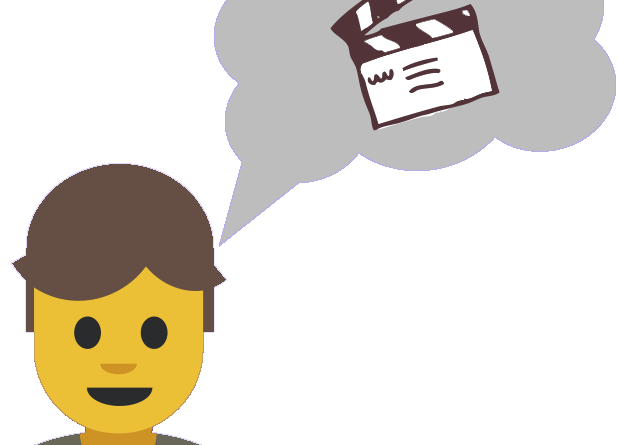How to use visualisation to improve results
As part of my technical scuba diving training, I was taught a technique called visualisation. I was taught to create a mental picture of a dive and to use this to explore ahead of the dive what to do at significant events in the dive. We would run through the dive in our mind’s eye thinking about getting off the boat, any tasks we would do before leaving the surface, what to do when we got to the bottom and most importantly to consider the things that might go wrong and how to respond to them.
Visualisation in the workplace
Visualisation can be a powerful tool in the workplace. Not the wishy washy think good thoughts and they ill happen outcome visualisations but vivid process visualisation. The use of space/places in the visualisation helps overcome sequencing and working memory limitations in similar ways to memory palaces. With the M and N strengths (covered in The Dyslexic Advantage), this is an easy technique for many dyslexics to grasp and it can be a very powerful one.
Visualisation example
As an example, if you had an important presentation to give you could use visualisation to work through possible scenarios and consider in advance how you might respond to things that might go wrong.
Picture in your head – you have your slides on your laptop and you are ready to go, but go where? You make a note of the meeting room location and start again, heading off to the meeting room with your laptop. You have the adaptor for the projector and the power lead for your laptop as in previous mental simulations these were things that could go wrong. Your boss is not there and he’s a key participant in the presentation. You need to consider a mitigation for that. With your mental run through you can identify and plan to recover from things that could go wrong.
So far this is all stuff that might be covered by a well-constructed checklist. So let us dig deeper into our mind’s eye. Jane from finance is in the room, what sort of questions might she ask? Detailed ones. How do we stop that derailing the presentation and losing the interest of the rest of the audience? Could she be briefed in advance? Or could you offer to walk her through the spreadsheet after the meeting?
Successful outcome
You close out your presentation and skilfully handle the questions. Everyone is amazed at how well prepared and unflappable you are given problems with the IT, the late arrival of your boss and some tough questions. In reality, you’ve given this presentation 20 times in your head while you have been waiting in line for coffee. You thought through what to do in advance without the pressure of time and impatient eyes glaring at you.
Fantasy or reality?
Your brain is not very good at distinguishing between things you have remembered and things you have imagined. When you repeatedly imagine doing something you condition your neural networks so these tasks feel familiar. That’s why in the movie Cool Runnings they talk through the turns they will have to make. In addition to helping you foresee things that can go wrong, visualisation can help you feel more comfortable doing unfamiliar tasks.


Pingback: Daydream Believer – Differently Wired